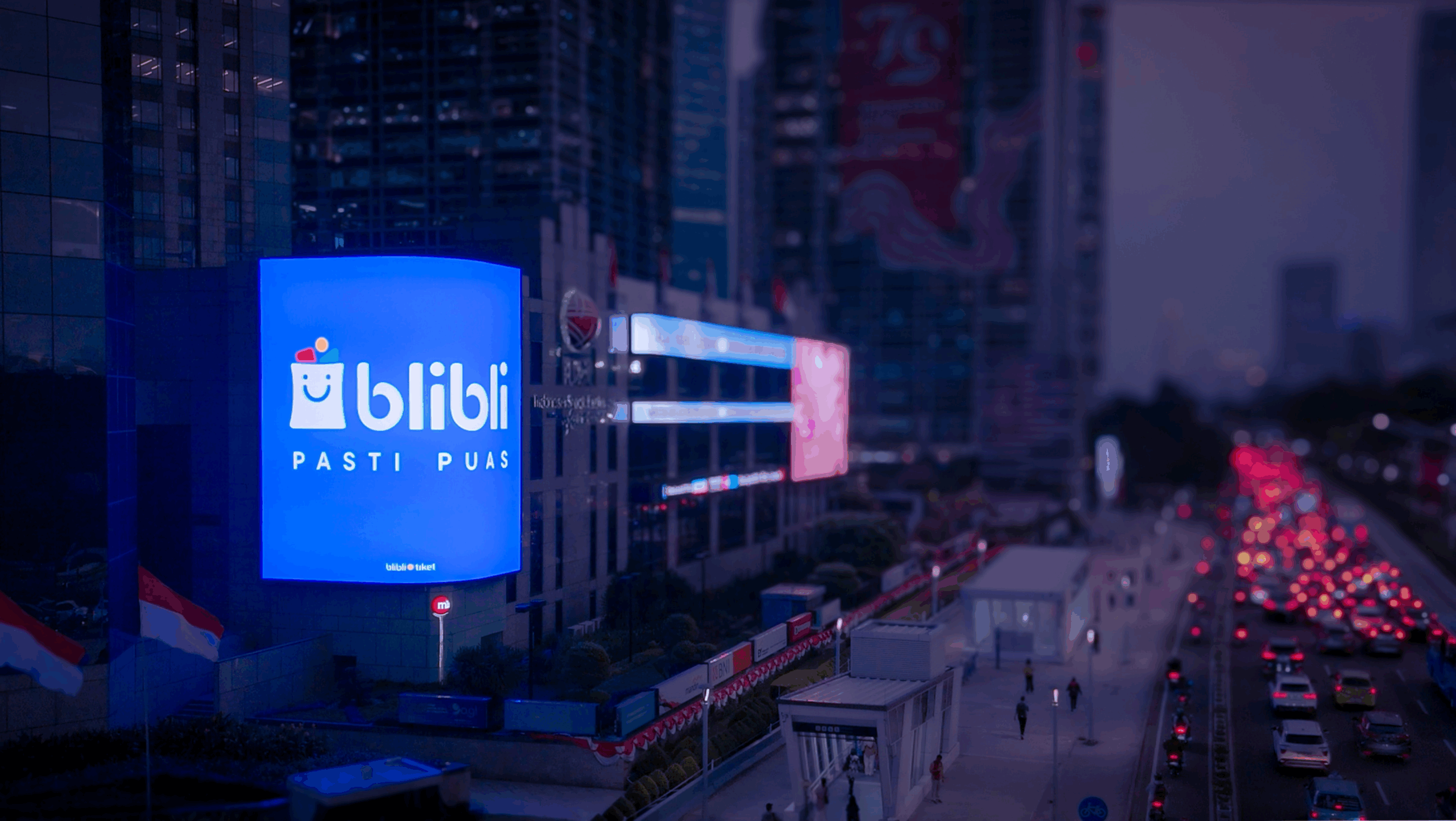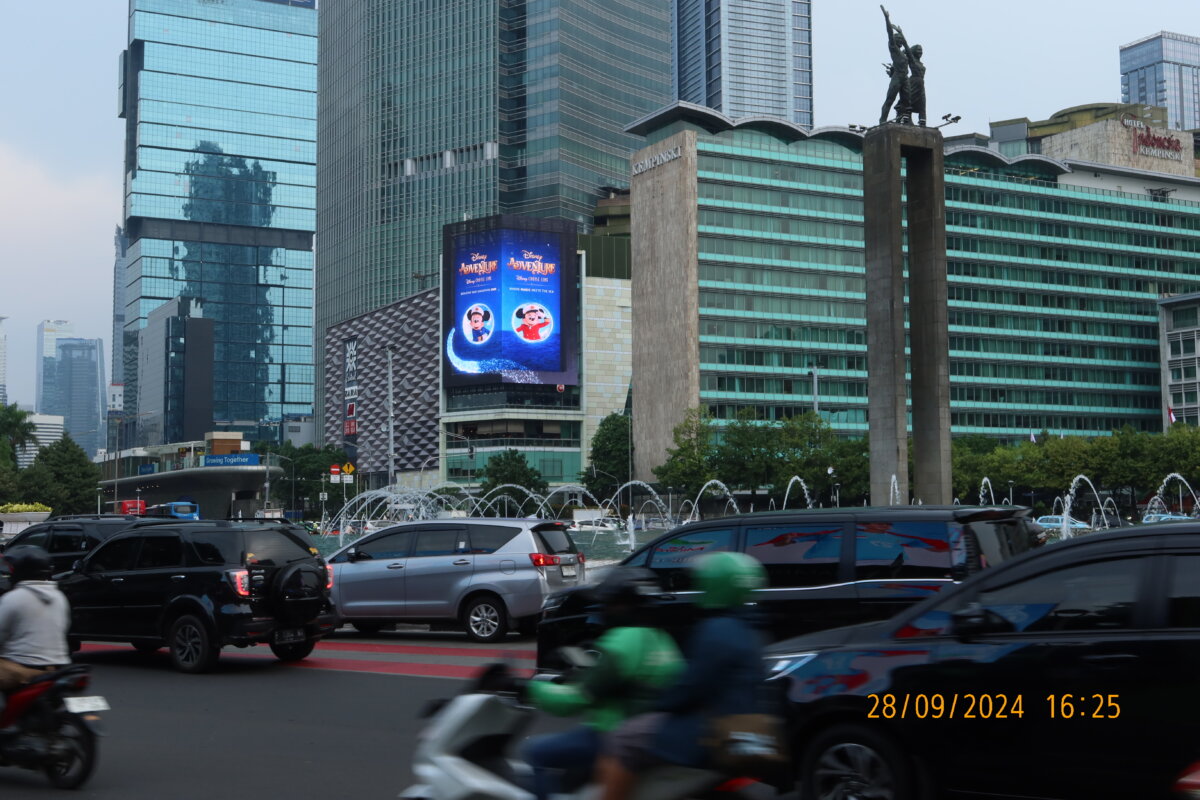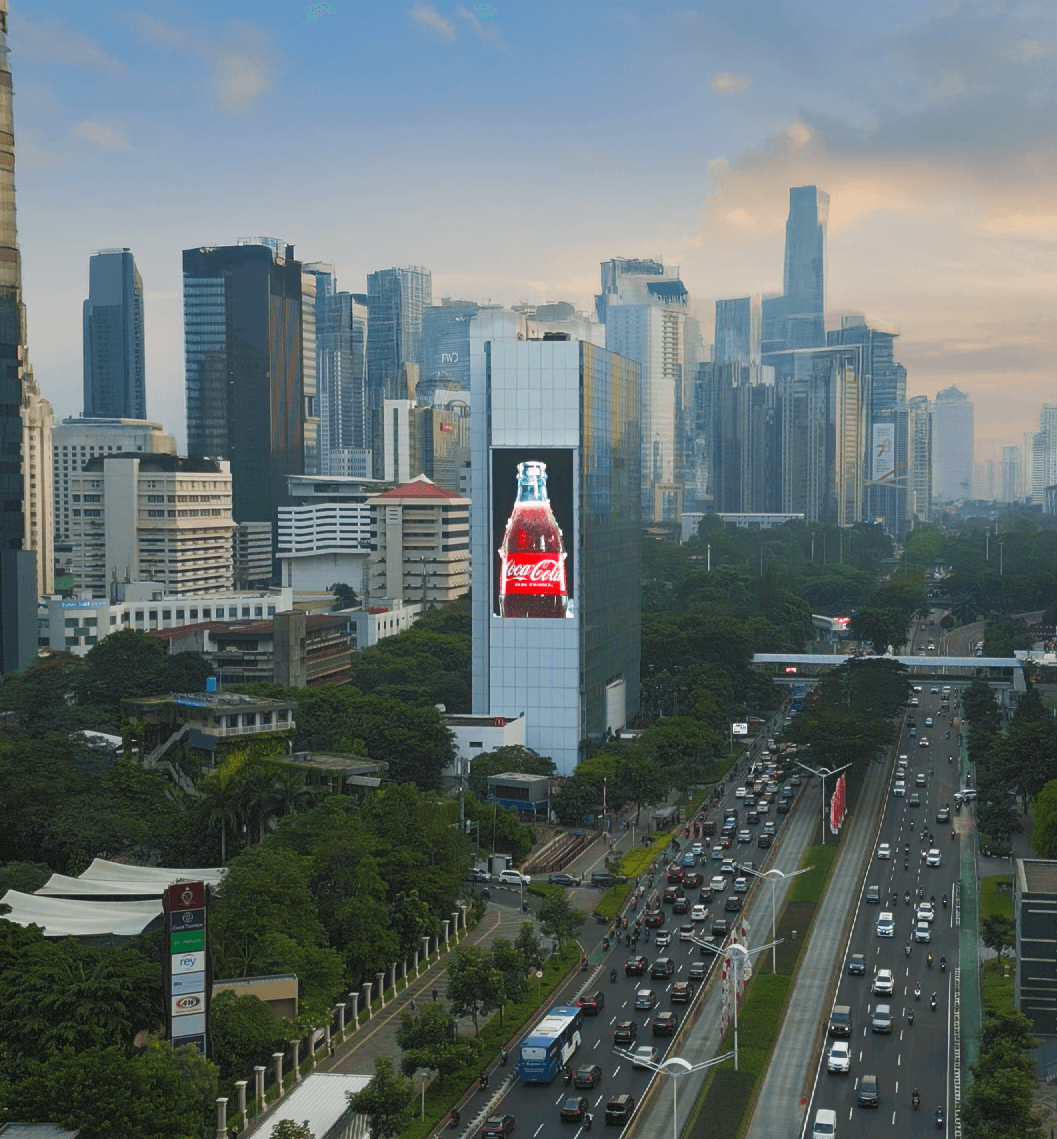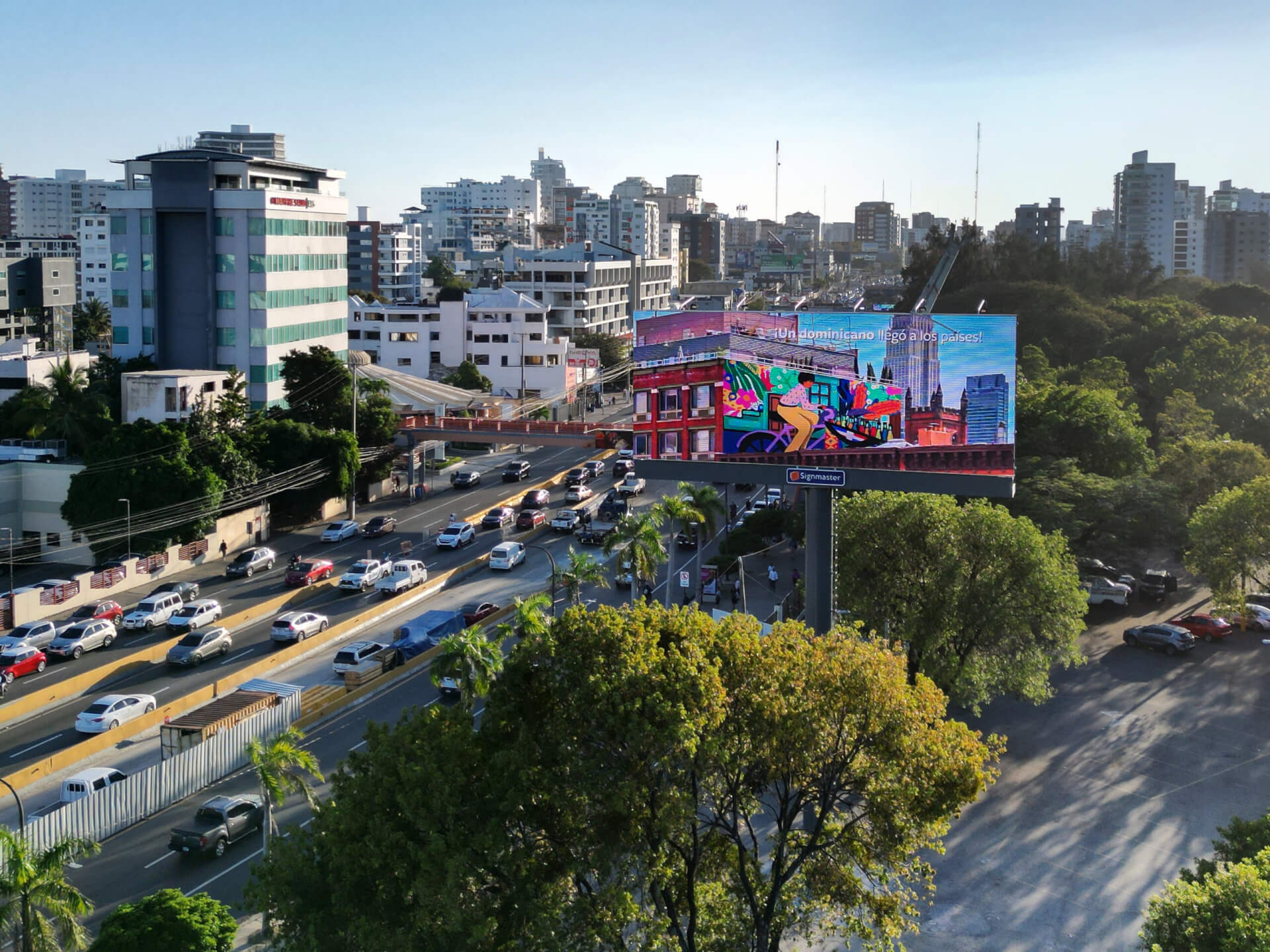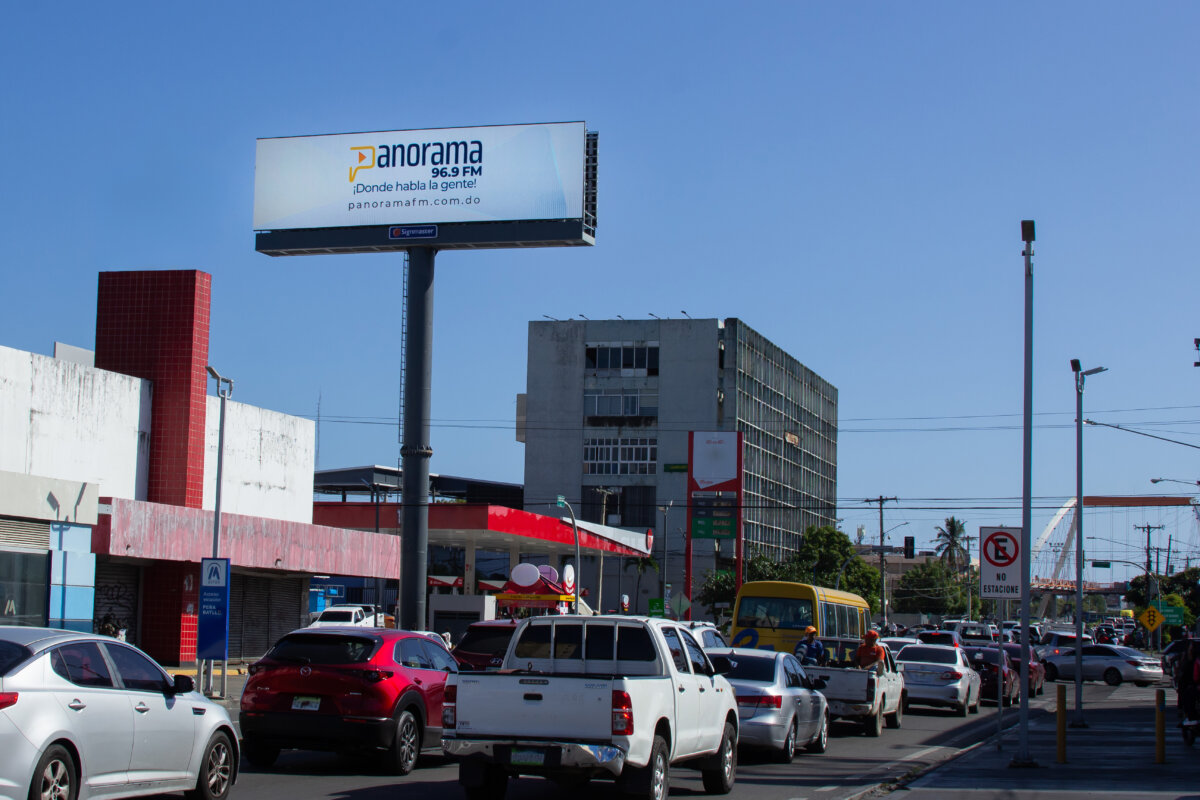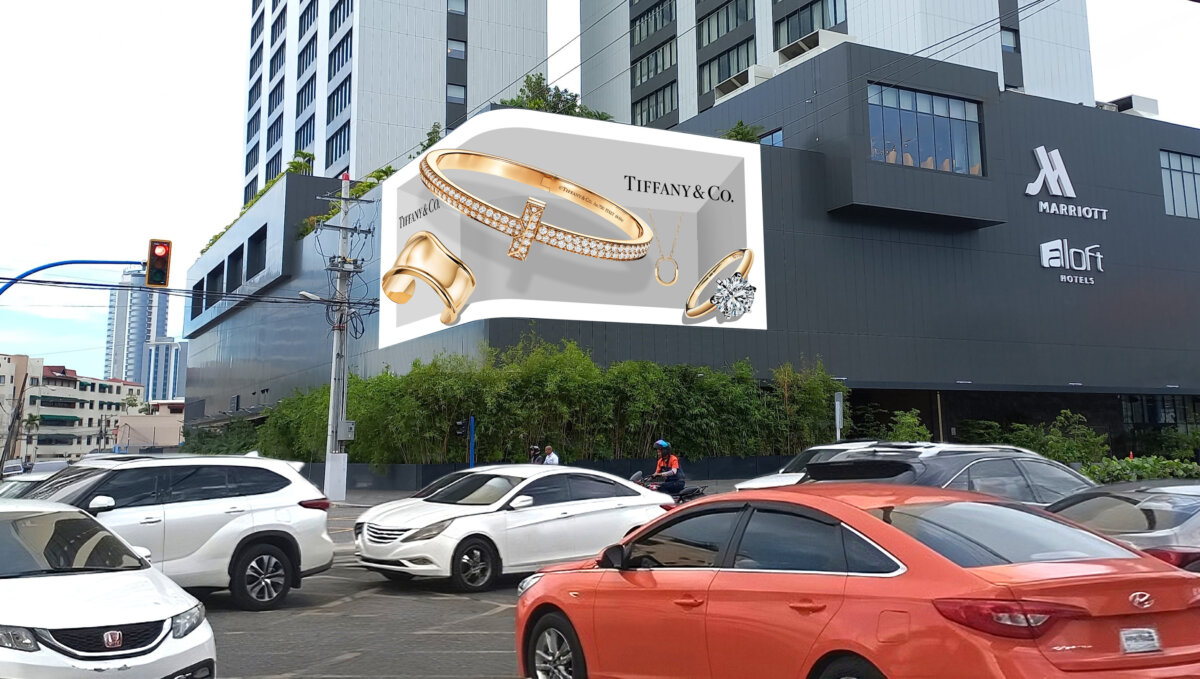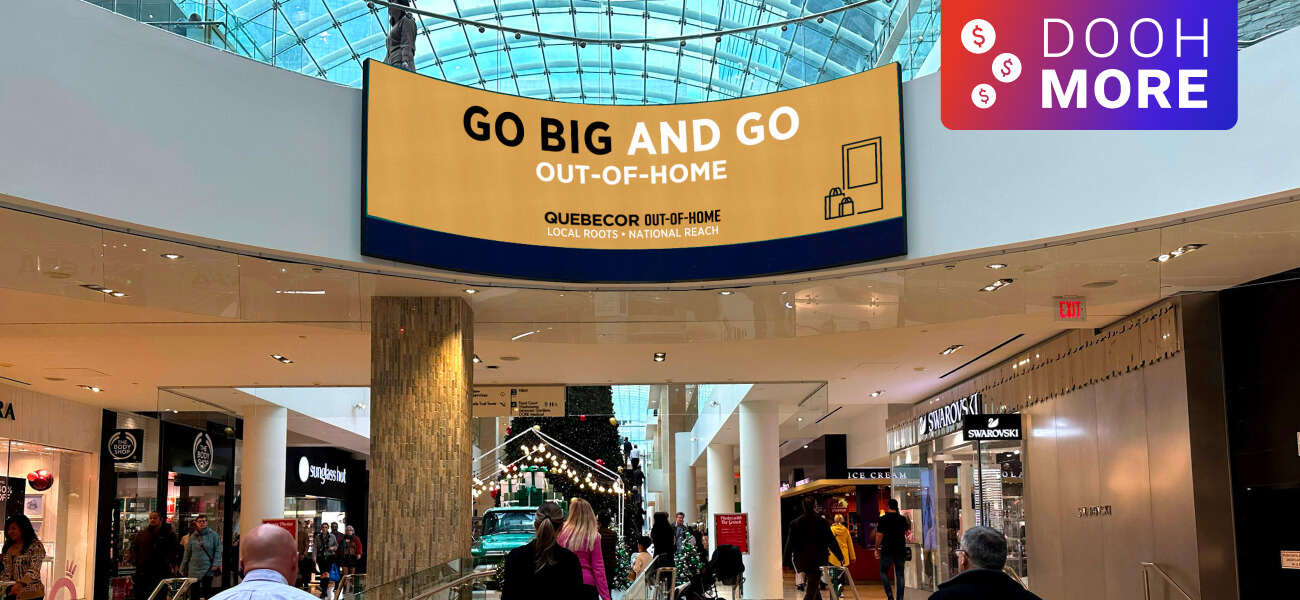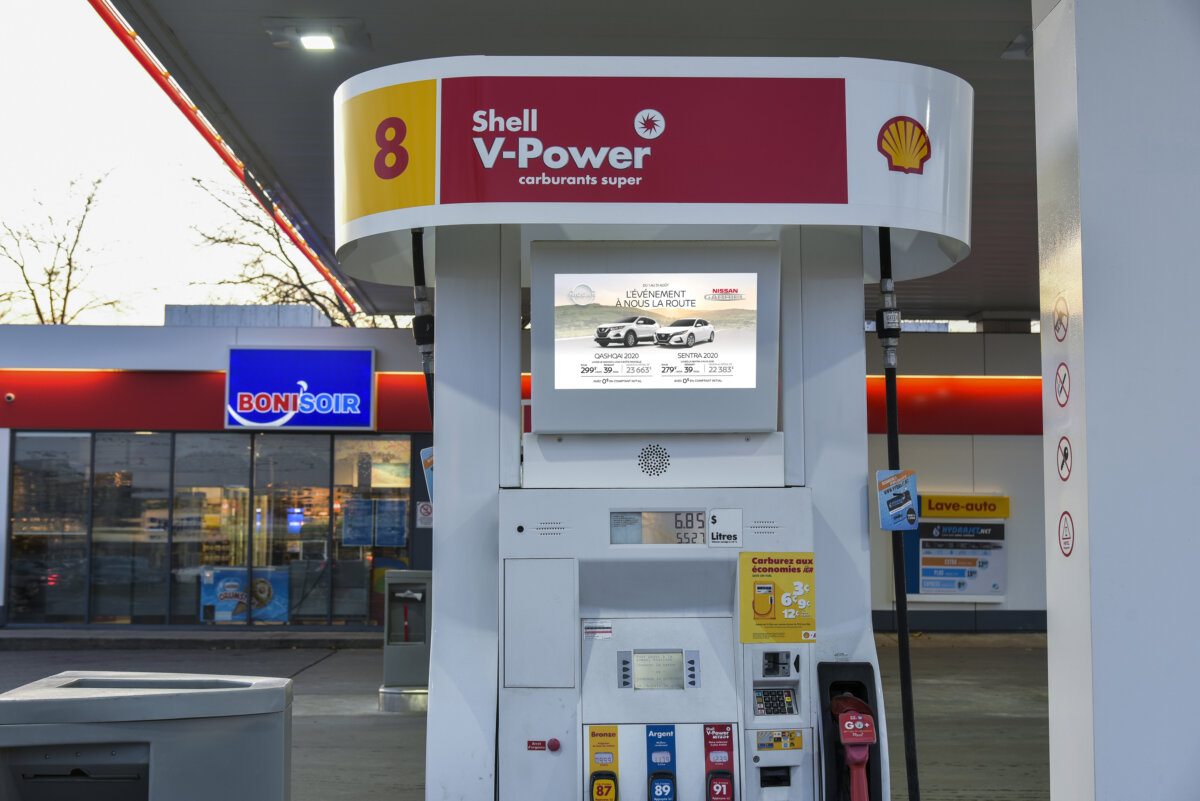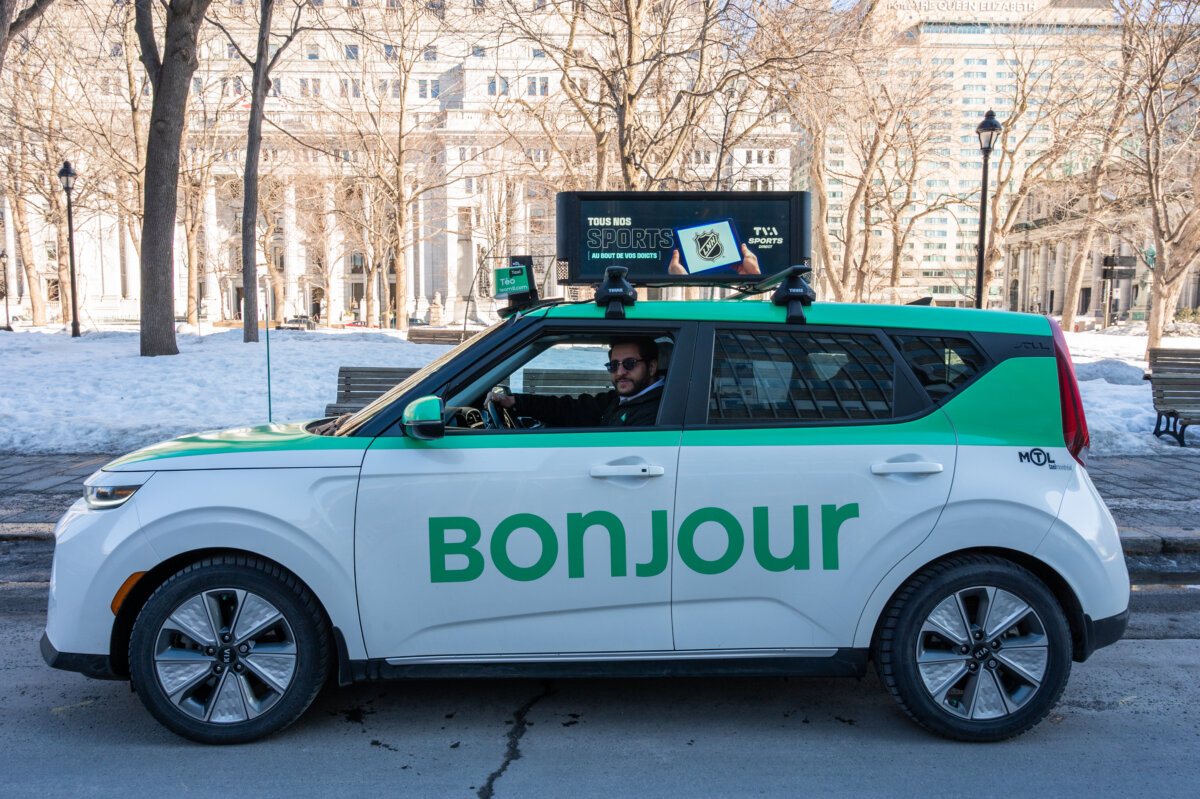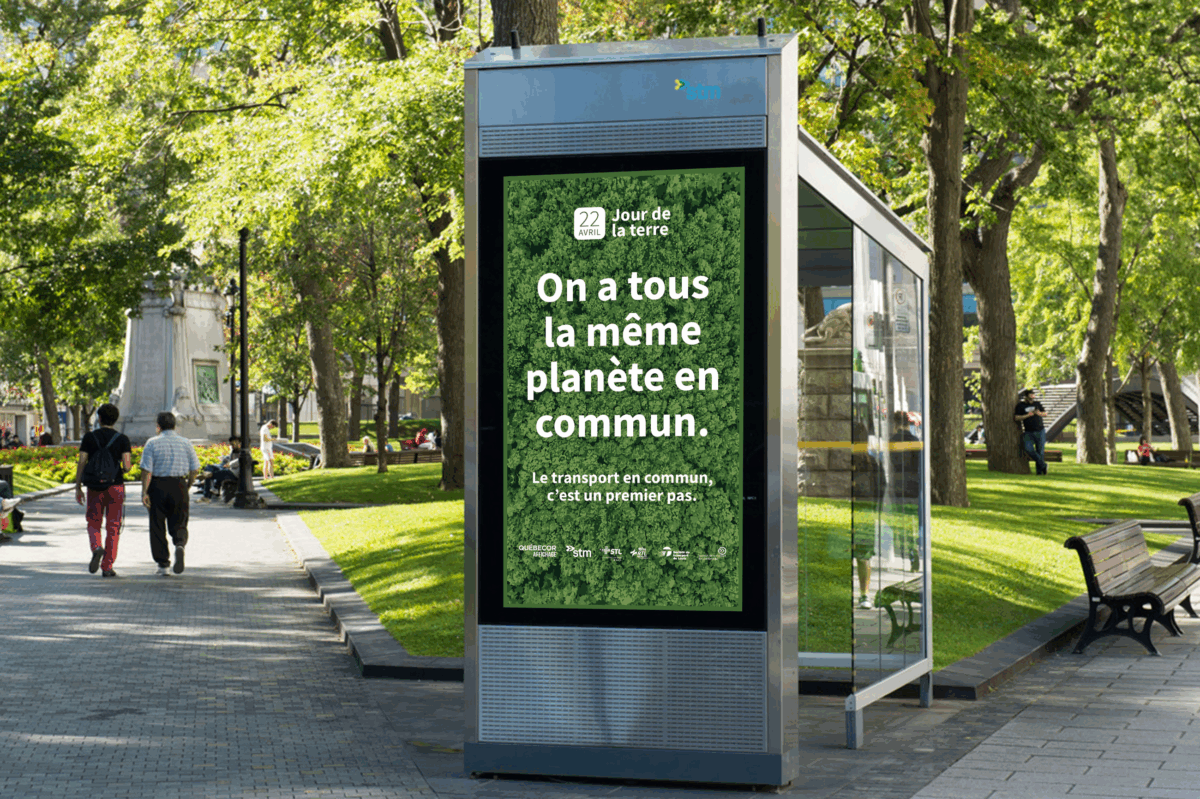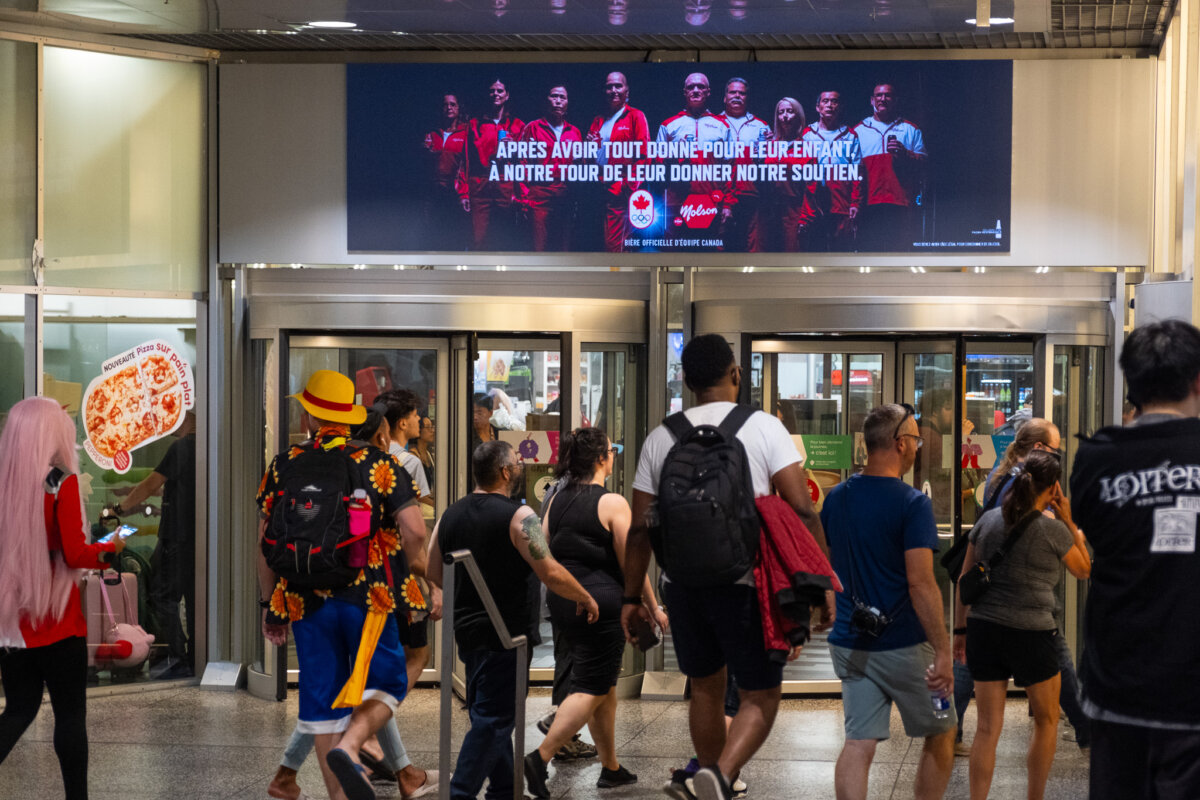| October 11, 2021
Maximizing impact with programmatic DOOH: Agency insights from Adsmurai
As the advertising landscape evolves, programmatic digital out-of-home (pDOOH) is emerging as a powerful medium, blending traditional outdoor reach with data-driven targeting and real-time flexibility. At the forefront of this shift is Adsmurai, a leader in digital marketing solutions, where Giancarlo Arena, Head of Programmatic, Global, champions innovative DOOH strategies with over 20 years in programmatic advertising.
We recently sat down with Giancarlo to get his valuable insights on integrating DOOH within omnichannel campaigns, addressing misconceptions, and the power of data-backed creativity. Through his experiences, we explore the growing potential of DOOH as a powerful medium in today’s media mix.
The evolution of programmatic DOOH
Programmatic DOOH is reshaping the way brands approach out-of-home advertising, turning a high-impact channel into a dynamic, data-driven tool. Giancarlo’s journey into DOOH began as programmatic capabilities were introduced, blending automation with the reach of outdoor media. This evolution brought new opportunities, allowing brands to target audiences with greater precision, as well as more robust measurement capabilities.
Reflecting on these advancements, DOOH’s integration of data and automation opens doors for brands to connect with consumers at the right place and time. This shift broadens DOOH’s potential, aligning it with digital strategies to give advertisers greater flexibility and cross-channel impact. By adapting to real-world interactions and real-time data, DOOH is now an adaptable channel ideal for today’s digital-first campaigns.
How programmatic DOOH completes the omnichannel journey
Integrating DOOH with other digital channels creates a unique bridge between physical and digital spaces. Giancarlo explains that by weaving DOOH into their broader campaigns, brands can create a seamless journey for consumers, amplifying brand engagement from the screens in their hands to the digital billboards in their surroundings.
In one campaign, Adsmurai combined mobile retargeting with DOOH placements, reinforcing brand presence at key moments throughout the day. This layered approach built familiarity and deepened engagement, guiding consumers through multiple touchpoints—from digital interactions to impactful, real-world visuals. Hear from Giancarlo on the campaign that leveraged mobile retargeting alongside DOOH to amplify brand presence and create a cohesive, multi-touchpoint experience.
Changing the perception of DOOH: From brand awareness to performance-driven outcomes
A common misconception of DOOH is that it’s primarily for brand awareness, overlooking its potential to deliver measurable performance. To educate clients, Giancarlo showcases how DOOH campaigns can deliver outcomes like store visits, online conversions, and ultimately, return on ad spend (ROAS). Through these insights, Adsmurai helps brands recognize DOOH’s full potential—not just for exposure, but as a powerful driver of performance and engagement.
Crafting effective creative for DOOH campaigns
Programmatic DOOH requires a fresh approach to creative that resonates in high-traffic, public spaces. Unlike other digital channels, DOOH creative needs to capture audience attention immediately, and Giancarlo emphasizes that relevance and context are essential. For Adsmurai, this means tailoring each campaign to fit its environment—considering factors like audience, time of day, and location.
Giancarlo’s team collaborates closely with clients to ensure that DOOH creative doesn’t just look appealing, but aligns with campaign goals and speaks to viewers in the right moment and place. By creating context-driven, visually compelling ads, Adsmurai elevates each campaign’s impact, ensuring it stands out.
Measuring success and optimizing campaigns with real-time data:
A key advantage of programmatic DOOH is the ability to leverage real-time insights, enabling in-flight campaign optimizations. Adsmurai uses live metrics like foot traffic, brand lift, and ROAS to make adjustments while the campaign is live. This data-driven approach allows the team to reallocate budgets to high-performing locations or refine audience targeting, maximizing campaign impact. Here Giancarlo explains how he optimizes campaigns for retail brands, based on real-time performance data:
Leveraging Broadsign’s partnership for global scale
As Adsmurai expands its programmatic DOOH reach, Broadsign’s partnership plays an important role in delivering seamless, high-impact campaigns across multiple regions. Giancarlo explains that Broadsign’s extensive network helps Adsmurai manage campaigns efficiently across diverse markets—from Europe to North America and beyond. This collaboration enables their team to provide consistent, relevant experiences for clients, regardless of location, by leveraging a reliable platform and access to a wide range of digital screens.
This partnership allows Adsmurai to scale DOOH campaigns with confidence, delivering measurable results for clients and maximizing the potential of each campaign across global markets.


